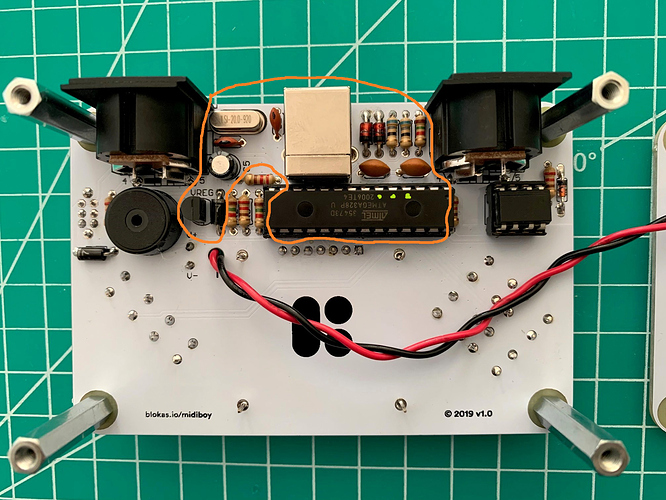Thank you for providing the pictures. Unfortunately I didn’t spot anything obviously wrong. Just in case, check this picture out:
The components enclosed within the orange outline are critical for USB communication, as well as the 3 pins marked with light green dots. Please double check whether the solder joints on theses components are indeed fine (they do look fine from the picture, but maybe looking at them at an angle could reveal something). Also, double check if the microcontroller pins didn’t get bent when inserting, to remove it from the socket, use some slim long-nose pliers or long tweezers to slide underneath and lift the whole body at once. Removing the optocoupler first is a good idea. 
Another thing to try is to keep the B button held down for a few seconds during and after plugging in the USB cable, or powering on the device with cable already inserted.
